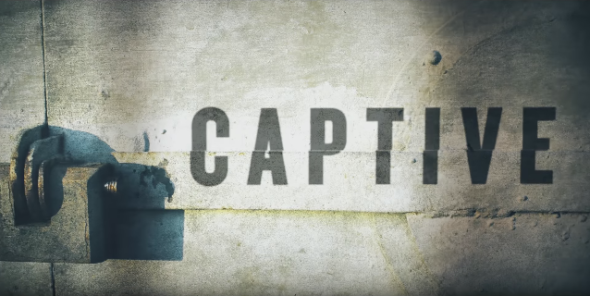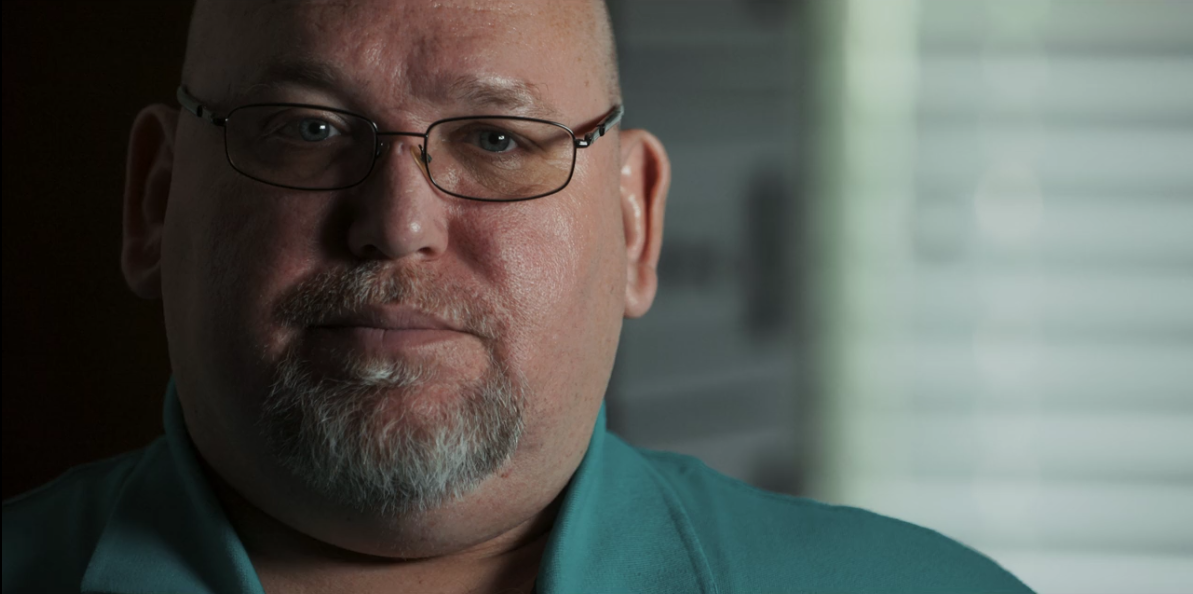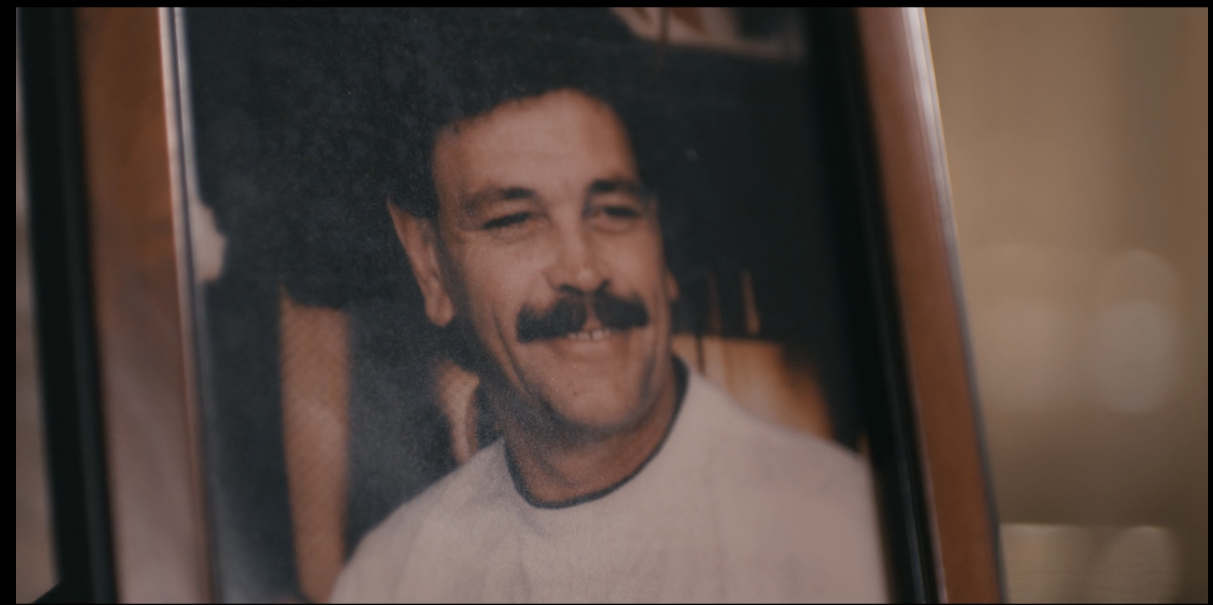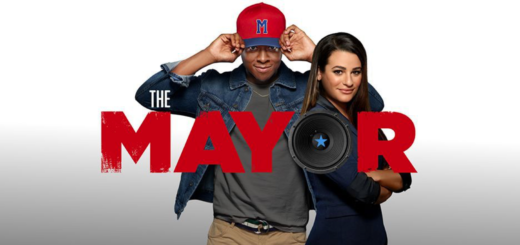Hit or Sh**: Netflix’s CAPTIVE
In this Crossfader series, our intricate and complex rating system will tell you definitively whether new television pilots are worth your valuable time. We call it: HIT OR SH**.

Creating a story and narrative are often a matter of making choices. A filmmaker can often only tell a very small percent of the story they want to tell, so it becomes a matter of deciding what is most necessary and applicable to their vision. Even though a documentary deals with real people and events, they still have to string that disparate information into a flowing and cohesive narrative in order to educate their audience about a specific point, and there is plenty of useful, captivating history to these documentaries that often has to be cut. The first episode of Netflix’s new true crime documentary, CAPTIVE, makes the surprising decision to cut a lot of backstory about its protagonists. However, the end result is still a compelling, tense story that does a great job of depicting both sides of the law in a fair light, leaving viewers with a surprisingly strong moral quandary by the end.
CAPTIVE chooses to focus on hostage situations by utilizing very little narration or on-screen text, relying instead on re-enactments, modern-day interviews, news broadcasts, and old footage to tell its story. The first episode deals with a 1993 prison riot at the Southern Ohio Correctional Facility in downtrodden Lucasville, the most dangerous prison in the state of Ohio according to one of its former inhabitants, that resulted in a ten-day standoff and eight guards being taken hostage. The first 15 minutes are spent effectively convincing you how inhospitable and terrible the facility is, something agreed upon by both the warden, guards, and inmates. News broadcasts describe the numerous shankings and murders within the facility dating back to the ‘70s, and the warden chillingly testifies that there were three stabbings within his first five days of employment. Eventually, Black Muslim inmates, upset about being exposed to alcohol as part of a test for tuberculosis, decide to take advantage of the lack of guards during Easter to start what was never intended to be the full-scale prison takeover it turns out to be.

Most important character: guy who is literally three days from retirement
Image Source: Screenshot
The biggest sticking point for viewers will likely be a lack of context into the prisoners. We are told of their various racial subgroups inside the prison, the alliance that has to be formed in the wake of this unintended standoff, and the respect that feel they deserve, but CAPTIVE never delves into why any of them are here in the first place or the abuses they felt they have suffered. There’s a brief mention of stricter laws enforced by the new warden, but we are shown nothing to indicate such new rules were inhumane.
Aside from this point, the rising stakes in the negotiations is a slow, satisfying simmer, as the prisoners gain a copy of an instruction manual on how to deal with hostage negotiations and the warden breaks down after narrowly convincing the national guard to not assail the prison. The focus on the media and the outside world is also refreshingly prominent; they publically pressure the police to attack the facility and reporters harass the police for information they don’t possess. Grainy, long distance footage of the prisoners dragging out bodies and the distraught radio chatter of the men watching the whole thing unfold help establish the lack of control the police have over the situation, ending in one prisoner being killed after the inmates are fed up with the police not responding to their warnings.
Since no footage exists from inside the prison, the riot and subsequent actions of the prisoners are re-enacted with actors whose parents must be proud of the fact that their son is typecast as a neo-Nazi, combined with narration from the inmates’ interviews. Re-enactments are often a necessary evil in true crime documentaries, since visual demonstrations are often more interesting than simple walls of texts or monologues describing actions in the absence of real footage. Unfortunately such re-enactments often undercut any sense of real drama or danger and tastelessly replace it with melodramatic, over-exaggerated acting and sound effects. However, CAPTIVE showcases an admirable amount of restraint during these moments, letting these darkly lit re-enactments speak for themselves with few auditory additions.The most effective example of such is when the riot slowly rises to a boil as a shadowy figure runs past a door, a glass window gets smashed, and the camera rises up to show the dead body of a guard. In most re-enactments these would be punctuated by intrusive, dramatic sound effects, but CAPTIVE wisely lets the only sound be the narration of the guard, and it’s far more alarming than a barrage of discount INCEPTION noises.
After a third-party lawyer defuses the situation and the prisoners surrender, the five ringleaders of the operation are sentenced to death row, and they reside in maximum security to this day. The lawyer points out that they were the ones putting forth the effort to negotiate, and inflicting the full brunt of the law upon them will only dissuade other inmates from trying to peacefully resolve matters. Such things do not matter to the widow of a slain guard, who still awaits what she sees as justice to this day.

Her husband was apparently Burt Reynolds?
Image Source: Screenshot
A good true crime drama cannot have a perfectly happy ending where everything is nicely resolved, since these stories never end that way; there needs to be a reminder that there are not so much winners and losers as there are survivors. It’s impossible to tell if the quality of CAPTIVE’s premiere can be attributed to the filmmakers, or to how intriguing the story is on its own and whether it can carry over to other hostage situations, but the numerous excellent interviews, an effective combination of real footage and audio, re-enactments that can’t be swapped out for something from a sketch comedy, and its ability to portray compelling points of view are enough to convince me of such.
Verdict: Hit
CAPTIVE is available to stream in its entirety on Netflix



